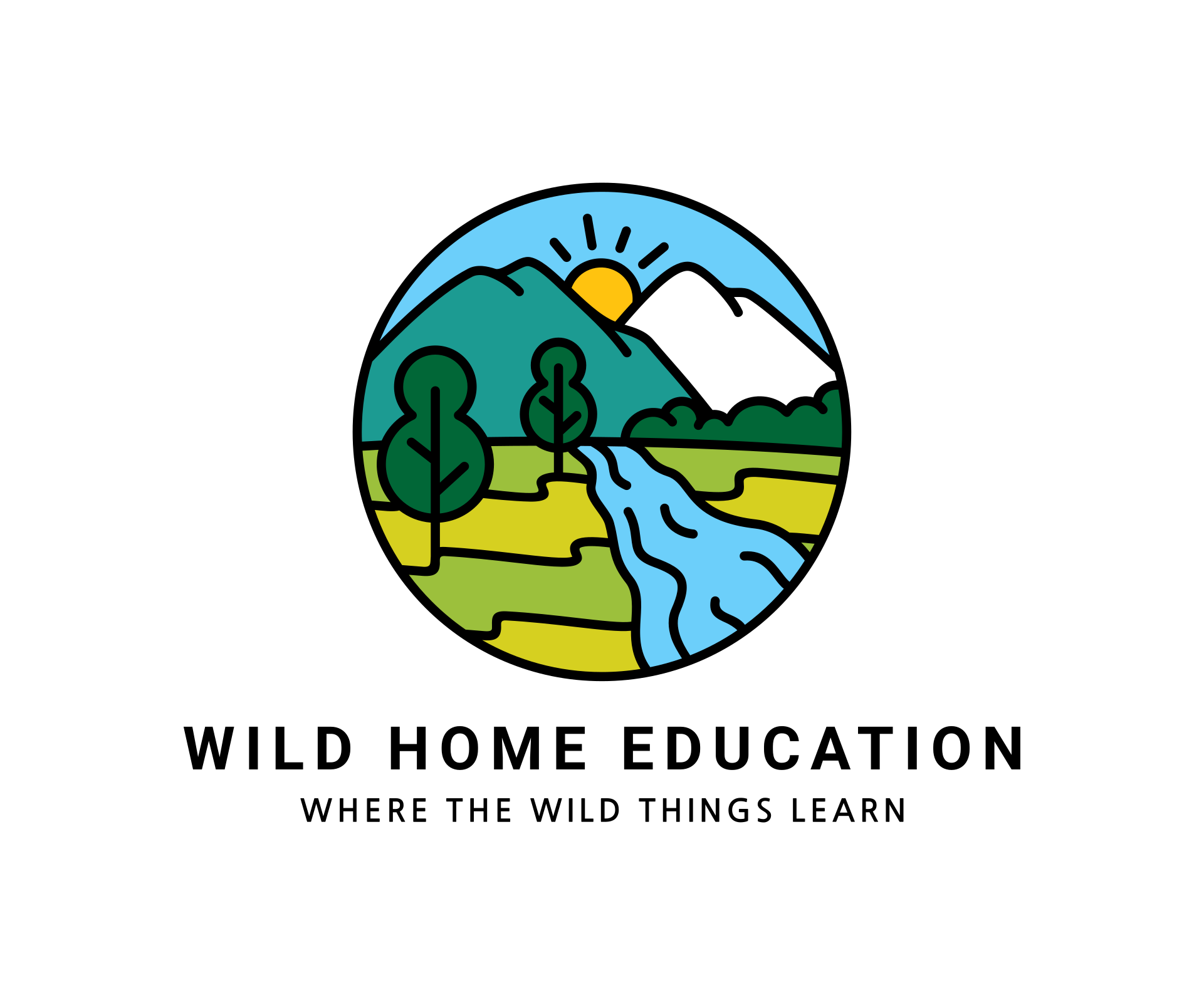
Spring is a beautiful time of year, with new growth and greenery popping up everywhere. However, it’s also a time to be aware of some of the dangers that come with the changing season. One such danger is the rise of budding hogweed.
During our recent excursion to search for natural dye plants, we came across an abundance of juvenile Giant Hogweed that were just beginning to emerge from the ground.
The keen eyes of both girls were the first to spot them, and they promptly informed us of their discovery, ensuring that we were aware of their presence in the vicinity.
Jumping in and out of the undergrowth can be hazardous if you are not aware of potential dangers. It is always good to be aware, and prepared.

Hogweed is a tall, flowering plant that can grow up to 14 feet in height. It’s often found in meadows, along rivers and streams, and in other damp areas. It is a highly invasive species.

Hogweed, also known as Heracleum mantegazzianum, is native to the Caucasus Mountains in Eurasia. It was brought to Europe and North America as an ornamental plant in the early 19th century but quickly became invasive due to its aggressive growth and ability to outcompete native plants.
Hogweed is now considered a noxious weed in many areas and is actively managed to prevent its spread – particularly along Britain’s waterways (Local Authorities will map it’s prescence and areas of growth that are a concern).
While the plant may look harmless, it’s actually quite dangerous, especially for children. Hogweed contains a sap that can cause severe skin irritation and even chemical burns (when combined with UV). Exposure to this sap can cause blistering, redness, and swelling, which can last for weeks. In severe cases, the sap can cause long-term scarring and discoloration of the skin.

Children are particularly at risk from hogweed, as they may be more likely to come into contact with the plant while playing outside. It’s important for parents and caregivers to educate children about the dangers of hogweed and how to avoid it.
With that in mind, let’s discuss its appearance in more detail:
Hogweed is often mistaken for other plants that have a similar appearance, such as cow parsley, Queen Anne’s lace, and giant hogweed.
Cow parsley, also known as wild chervil, is a member of the same family as hogweed and can be found growing in similar habitats. It has delicate white flowers arranged in umbels that are often mistaken for those of hogweed (it is much smaller in appearance).
Queen Anne’s lace is another plant that looks similar to hogweed, with its white flowers and fern-like foliage.
However, Queen Anne’s lace has a single purple flower in the centre of the umbel that is absent in hogweed.
Giant hogweed, on the other hand, is a much larger and more dangerous plant than common hogweed (It is huge).
It has large, white flower heads that can reach up to two and a half feet in diameter, making it easily distinguishable from the smaller hogweed. It is important to be able to identify these plants correctly to avoid any potential health hazards.

Another way to avoid hogweed is to wear protective clothing when playing outside, especially in areas where hogweed is known to grow. Long trousers and sleeves, as well as gloves, can help protect skin from the plant’s sap if you are foraging, or climbing through the undergrowth of a forest or river side. If you or your child does come into contact with hogweed, it’s important to act quickly. Wash the affected area with soap and water as soon as possible, and avoid exposure to sunlight for several days. Seek medical attention – especially if the irritation persists or if you experience any other symptoms, such as fever or difficulty breathing.

In summary, while spring is a beautiful time of year, it’s important to be aware of the dangers that come with it, including the rise of budding hogweed. By educating children about the dangers of hogweed and how to avoid it, we can help keep them safe while they enjoy the great outdoors.

Leave a comment